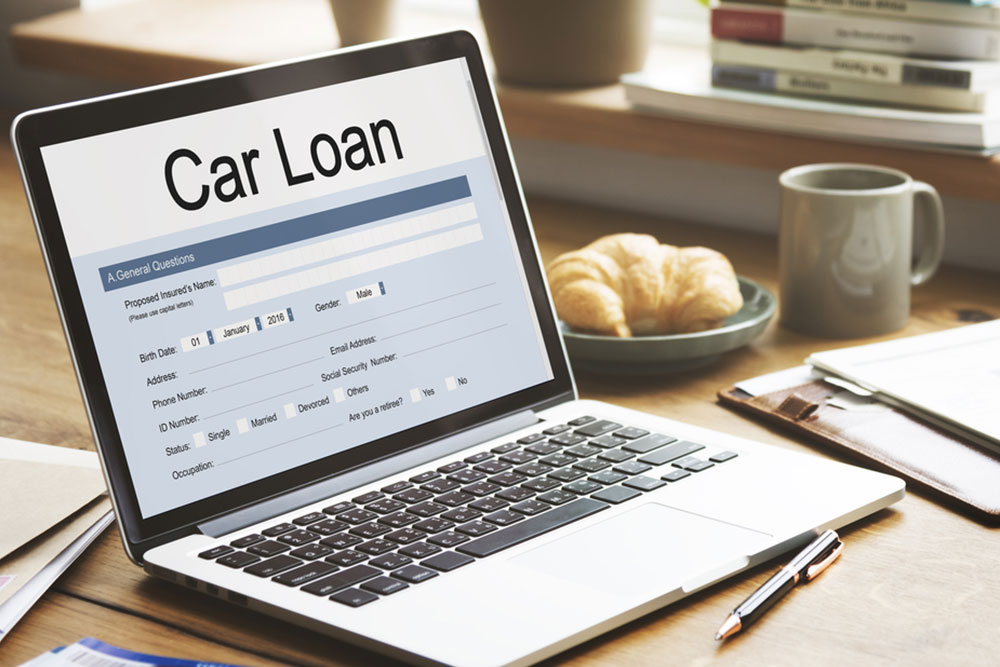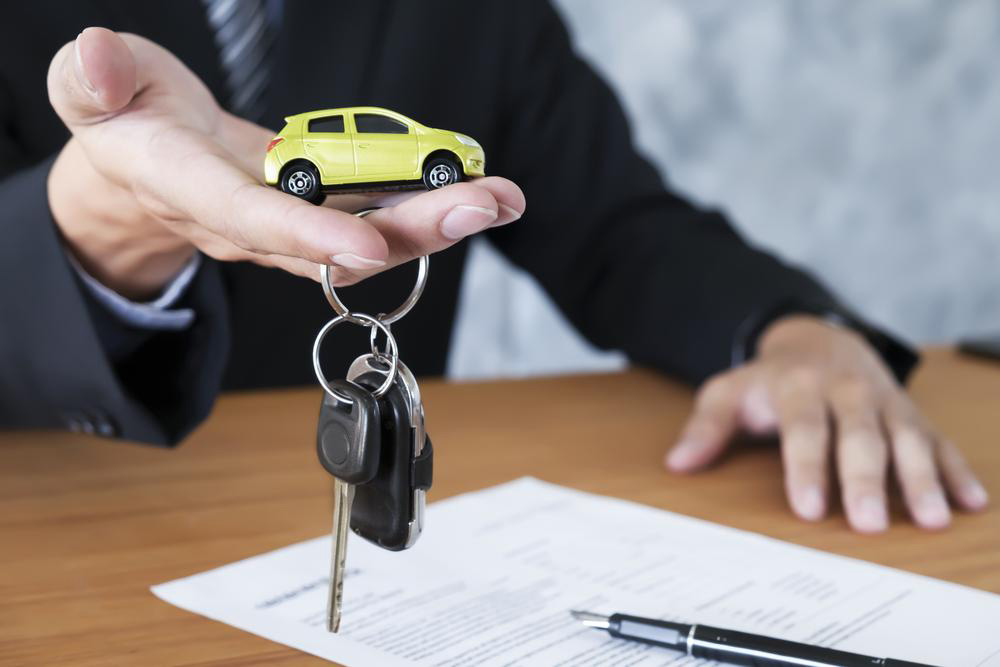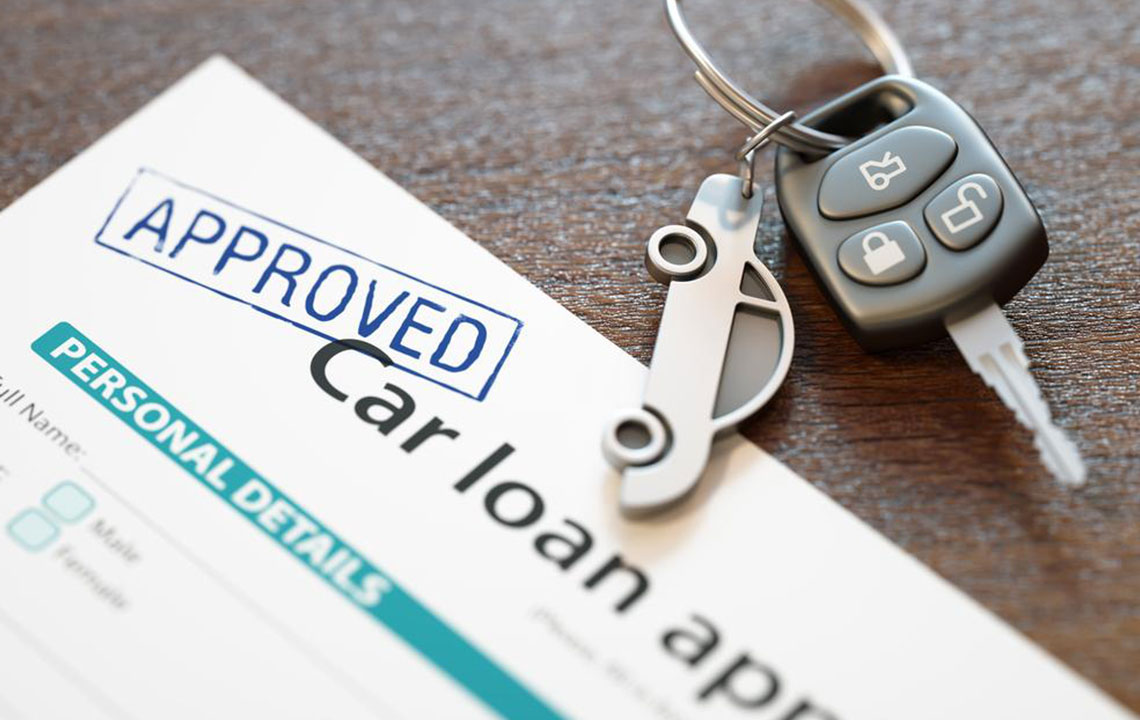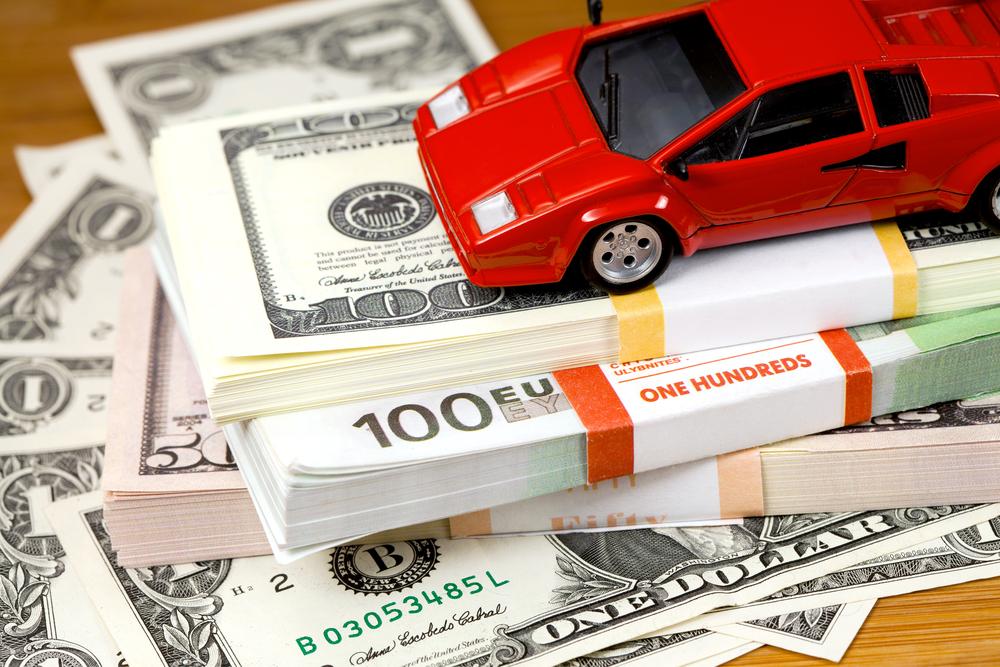A Comprehensive Guide to Secured and Unsecured Loans: Choosing the Right Financial Option
This comprehensive guide explains the key differences between secured and unsecured loans, helping borrowers understand their features, benefits, and risks. Learn how collateral, approval times, interest rates, and credit impacts influence your borrowing options, enabling smarter financial decisions tailored to your needs.

A Comprehensive Guide to Secured and Unsecured Loans: Choosing the Right Financial Option
Comparing Secured and Unsecured Loan Options for Better Financial Decisions
When individuals or businesses seek financing, understanding the nuances between different types of loans is crucial to making informed decisions. Whether you're planning a major purchase, consolidating debt, or funding a new venture, choosing the right loan type can significantly impact your financial stability. Among the most common options are secured and unsecured loans, each with distinct features, risks, and benefits. Recognizing their differences is vital for borrowers who want to optimize their borrowing experience and protect their assets.
Below, we explore the key aspects of secured versus unsecured loans, helping you determine which option best suits your financial situation and goals:
Definition and Security
Secured loans are loans backed by collateral, which means the borrower pledges an asset—such as real estate, savings accounts, stocks, bonds, insurance policies, jewelry, or vehicle titles—to secure the loan amount. This collateral acts as a safety net for lenders, providing assurance that they can recover their funds if the borrower defaults. Until the debt is fully paid, the lender holds the legal right to the collateral's title or deed. In case of missed payments or default, the lender has the legal authority to seize and sell the collateral to recover the owed amount.
How Unsecured Loans Differ
Unsecured loans, on the other hand, do not require any form of collateral. These loans are primarily based on the borrower’s creditworthiness, income stability, and financial history. Since there’s no collateral backing, these loans are considered riskier for lenders, which often translates into higher interest rates and more stringent approval criteria. Typical examples of unsecured loans include credit cards, personal lines of credit, payday advances, and certain types of personal loans.
Loan Amounts and Borrowing Limits
Secured loans generally permit larger borrowing amounts due to the presence of collateral. For instance, mortgages or auto loans often involve substantial sums because the collateral (property or vehicle) provides the lender with additional security. Conversely, unsecured loans tend to have lower borrowing limits, reflecting the higher risk faced by lenders. Personal loans or credit card credit lines usually fall into this category, with maximum amounts determined largely by creditworthiness and income rather than collateral.
Application Process and Approval Timeline
The approval process for secured loans can be lengthier because lenders need to evaluate the value and legality of the collateral, verify ownership, and sometimes conduct property appraisals or inspections. Therefore, securing a mortgage or auto loan might take several days or weeks. Unsecured loans often enjoy a quicker approval process, sometimes within hours or a few days, especially if the borrower has an excellent credit score and a strong financial profile. This rapid approval makes unsecured loans attractive for urgent financial needs.
Interest Rates and Cost of Borrowing
Since secured loans are backed by collateral, lenders perceive them as less risky, allowing them to offer lower interest rates. This can lead to significant savings over the loan term. On the contrary, unsecured loans carry higher interest rates because the lender bears more risk without collateral. Borrowers should consider this differential when planning their finances, as higher rates can substantially increase the total repayment amount.
Impact on Credit and Asset Security
Both secured and unsecured loans impact your credit profile. Payment history is reported to credit bureaus and influences your credit score. Missed payments or defaults can lead to negative marks on your credit report, affecting future borrowing ability. For secured loans, a default might result in the repossession or sale of collateral, which can have lasting consequences for your assets and financial stability. On the other hand, defaults on unsecured loans may lead to legal actions, collections, and long-term damage to your credit score, but do not threaten specific assets unless court judgments are involved.
In summary, choosing between a secured and an unsecured loan depends on your financial needs, asset availability, credit profile, and risk tolerance. Secured loans are suitable for larger amounts, lower interest costs, and when assets are available for collateral. Unsecured loans offer speed and convenience but at the expense of higher interest rates and stricter approval criteria. Carefully evaluating your financial situation and future plans can help you select the most appropriate option for your needs, ensuring responsible borrowing and sustainable financial health.





